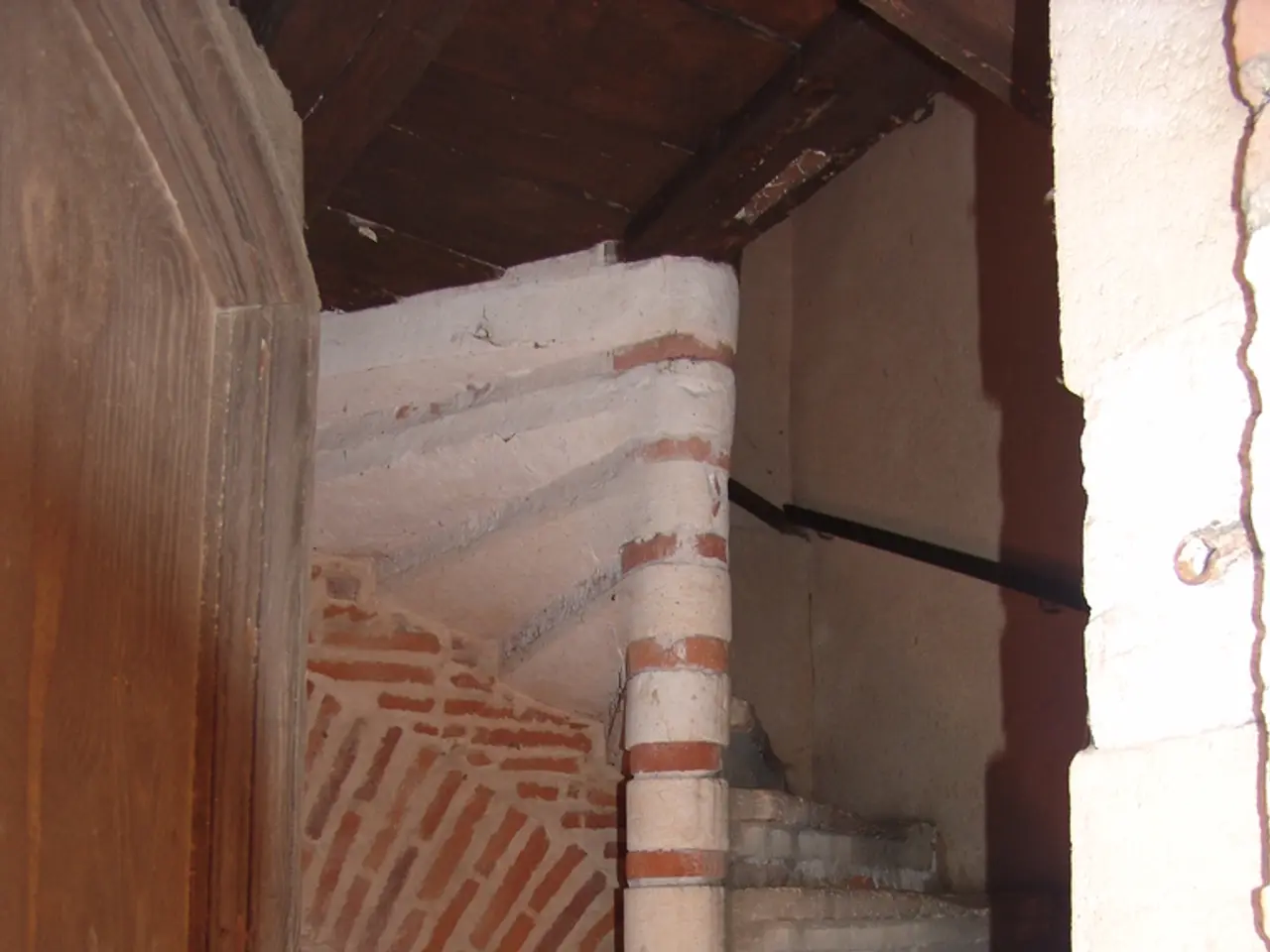Internal wall demolition: DIY tips and reasons to hire experts for the job
In the world of home renovations, removing a load-bearing wall can be a significant undertaking. This article provides a step-by-step guide on the process, highlighting the key safety and planning considerations.
If you're planning to remove a load-bearing wall, it's crucial to confirm its structural importance first. Professional evaluation is paramount to avoid assuming incorrectly. Once established, engaging a structural engineer becomes essential for proper assessment and design. They will help ensure the wall's structural loads are safely redistributed after its removal.
Obtaining necessary building permits and council approvals is another vital step. Failure to comply with building codes such as the National Construction Code (NCC) can lead to costly damages and legal issues. Temporary shoring during demolition, use of NCC-compliant materials, and meeting fire and acoustic ratings are also essential factors.
Proper structural reinforcements, like the installation of steel beams (e.g., RSJs), are critical to safely transfer loads previously supported by the wall. Hiring experienced professionals for removal and reinforcement work can help minimize unexpected risks and ensure compliance with building regulations.
On the other hand, if the wall is non-load bearing, a DIY removal can usually be carried out safely. However, it's still important to check for hidden pipes or wires and exercise caution. The steps to remove a non-load bearing wall include checking for services using a cable detector or opening up a small inspection hole, placing sheets and door seals, making cuts along the wall, removing skirting boards, plasterboard, studs and frame, and carefully removing the top and bottom plates.
The cost of removing a load-bearing wall includes the cost of a structural engineer, RSJ, Building Notice, and potentially planning consent if living in a listed building. The actual physical removal, along with the insertion of a support, should take no more than a day. Plastering and decoration will take additional time. The cost of removing a non-load bearing wall can range from £1,250 for a single doorway to £1,750 for an open plan space.
Removing a solid non-load bearing brick wall is messier and may require hiring a skip. The steps include removing some plasterboard from the ceiling, removing door frames and mouldings, and carefully removing bricks row by row.
It's important to note that while homeowners can remove an internal wall themselves, seeking professional advice is advised to avoid catastrophic consequences. Natasha Brinsmead, a seasoned expert in the home improvement and bathroom industry, emphasizes the importance of expert advice, thorough planning, and careful execution in safely removing a load-bearing wall in a renovation project.
Farook Member, the director of QS Supplies, has been at the forefront of innovation and quality since founding the company in 1990. Their expertise and commitment to quality make them a valuable resource for homeowners embarking on renovation projects.
In conclusion, removing a load-bearing wall can open up a floor plan and allow light to flow through a house. However, it's a task that requires careful planning, expert advice, and adherence to building regulations to ensure safety and stability. Investing in these aspects upfront can save homeowners from costly mistakes and potential legal issues down the line.
When aiming to redesign your home-and-garden, consideration of the wall's structural importance is essential, as a load-bearing wall typically necessitates professional evaluation. Properly following building codes, employing a structural engineer, and ensuring compliance with regulations are all fundamental steps before removing a load-bearing wall.
In contrast, removing a non-load bearing wall may be approached as a home-and-garden lifestyle project, but it's still critical to exercise caution, especially when dealing with hidden pipes or wires. Checking for services and carefully executing the removal process are crucial aspects of this DIY task.




